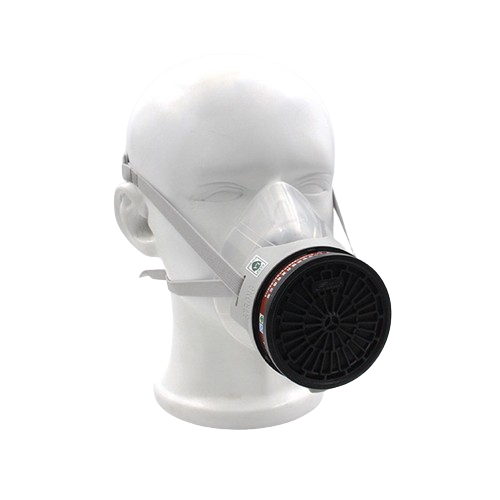Human Health Risk Assessments
A human health risk assessment is a way of assessing the potential impact of an environmental hazard on a community. An environmental hazard is something that has the potential to cause harm, usually something chemical or biological. A risk is the chance of that hazard causing harm. Human health risk assessments can be used to assess environmental health hazards to estimate the risks to human health.
When there is potential for a hazard to be a risk to human health, technical experts might undertake a human health risk assessment as part of a risk management process. They are undertaken on a case-by-case basis when it is possible that an environmental hazard associated with an activity or project could harm people’s health.
Experts can assess past, current and even future exposures to any hazard found in the air, soil, water, food consumer products or other materials. Rational guidelines set out when a human health risk assessment is required, including when there is a high level of public concern or where vulnerable populations may be affected. If there is potential for harm, the health risk assessment will help to determine what actions if any need to be taken to protect human health.
A human health risk assessment highlights potential health risks or diagnosed individual disease.
A human health risk assessment does not replace, individual consultation with a medical practitioner.
There are five steps to a human health risk assessment, step one, identify the issue and chemicals or other hazards that might be of concern. Step 2, identify the hazards. Step 3, understand how much of the hazard is required to cause harm. Step 4, assess how people are exposed to the hazard, how much they are exposed to and for how long. Step 5, estimate the risk. The experts then provide recommendations on how to manage and 5.m0g and communicate any risk to protect the community.
Throughout this process, stakeholder and community engagement is essential.










